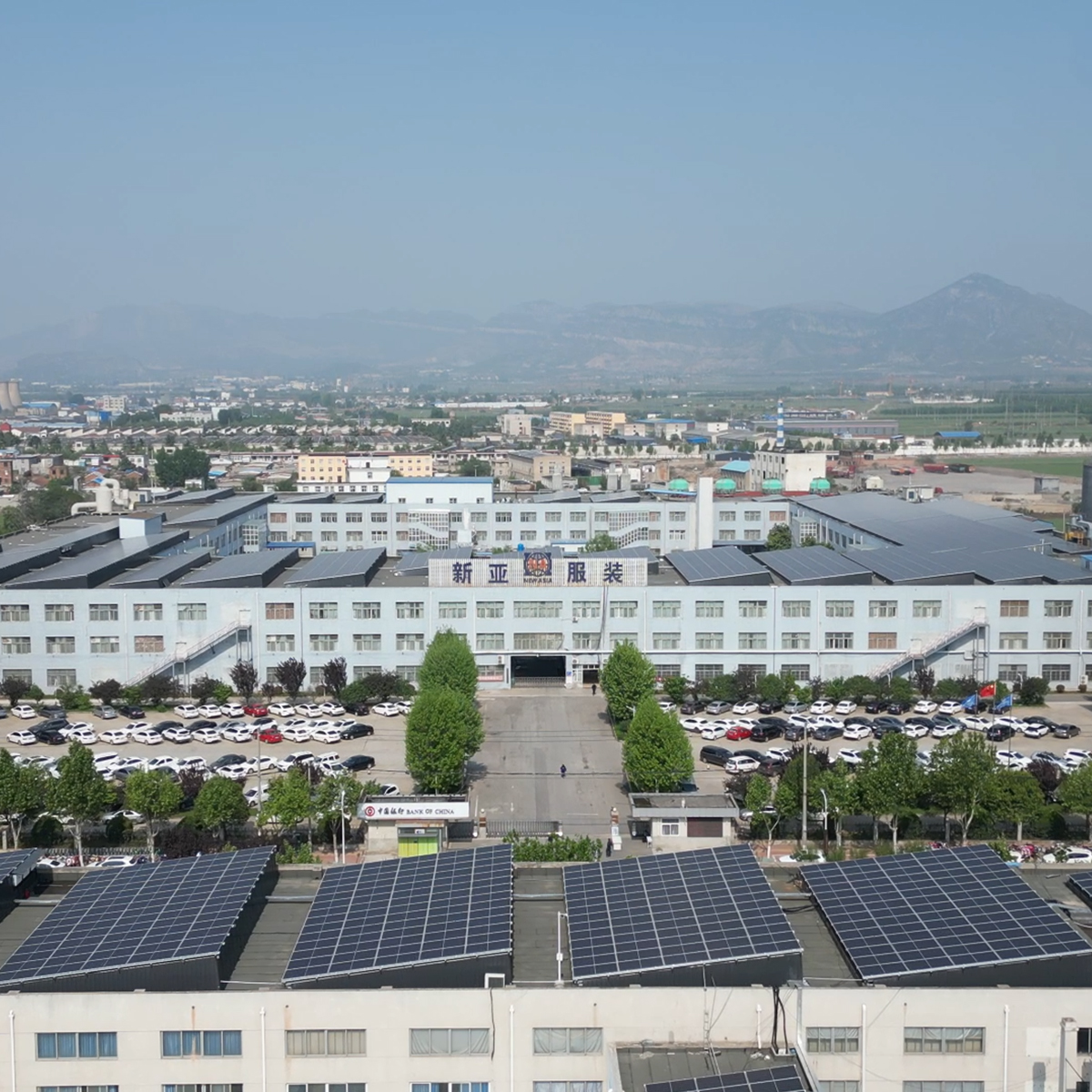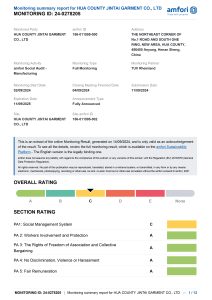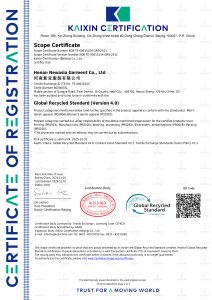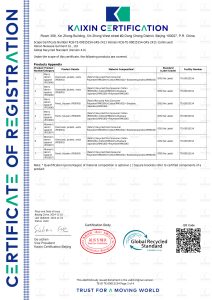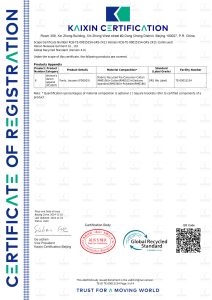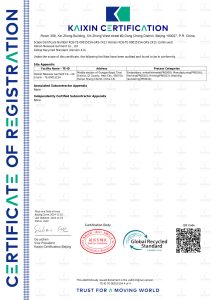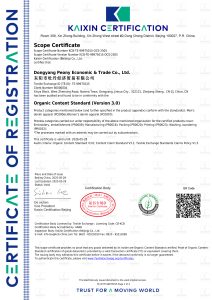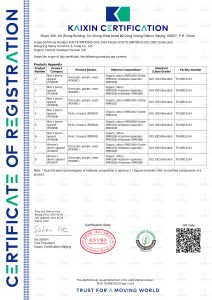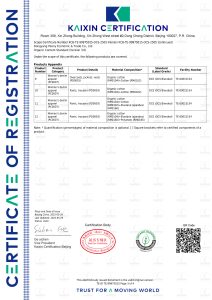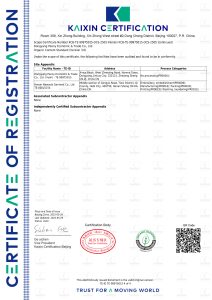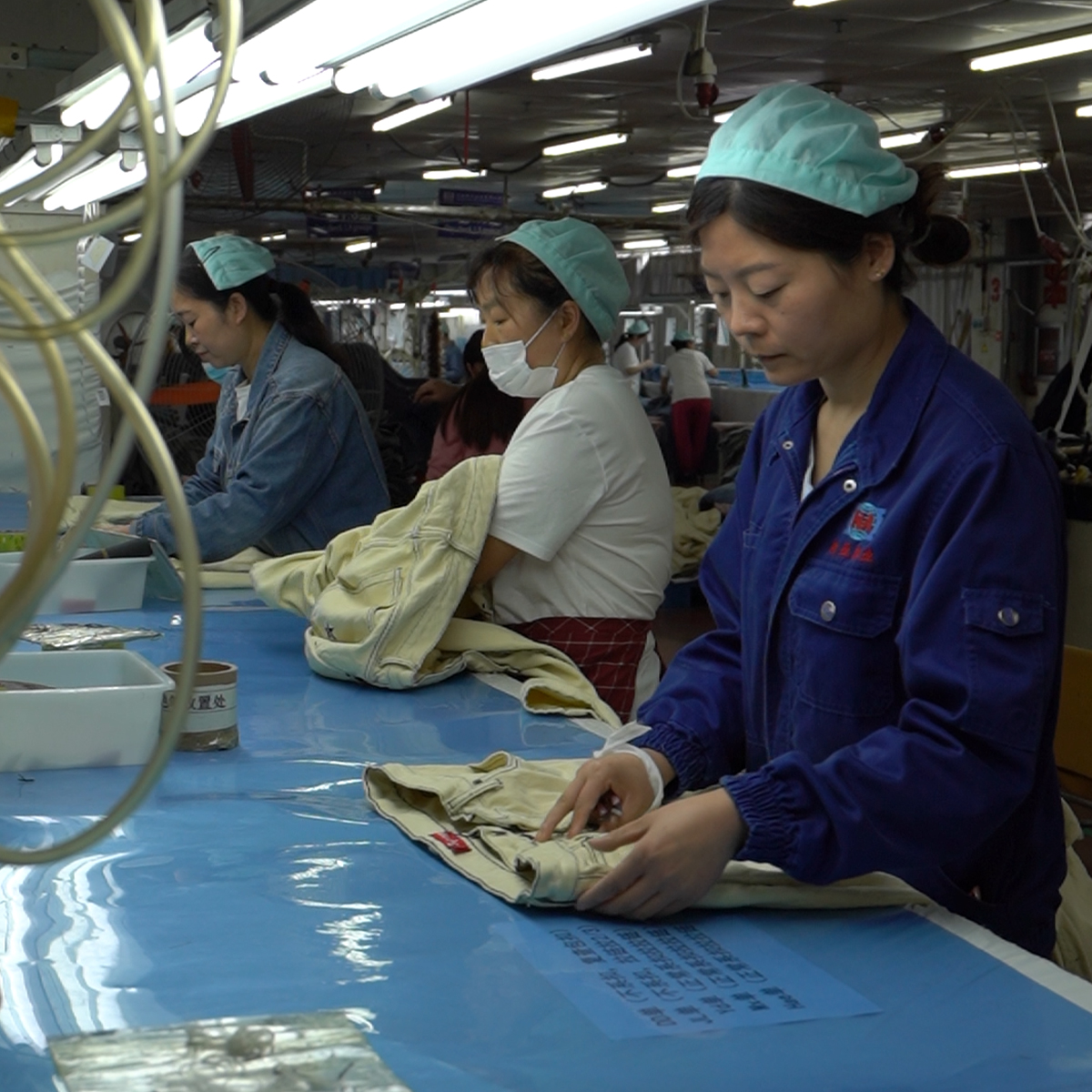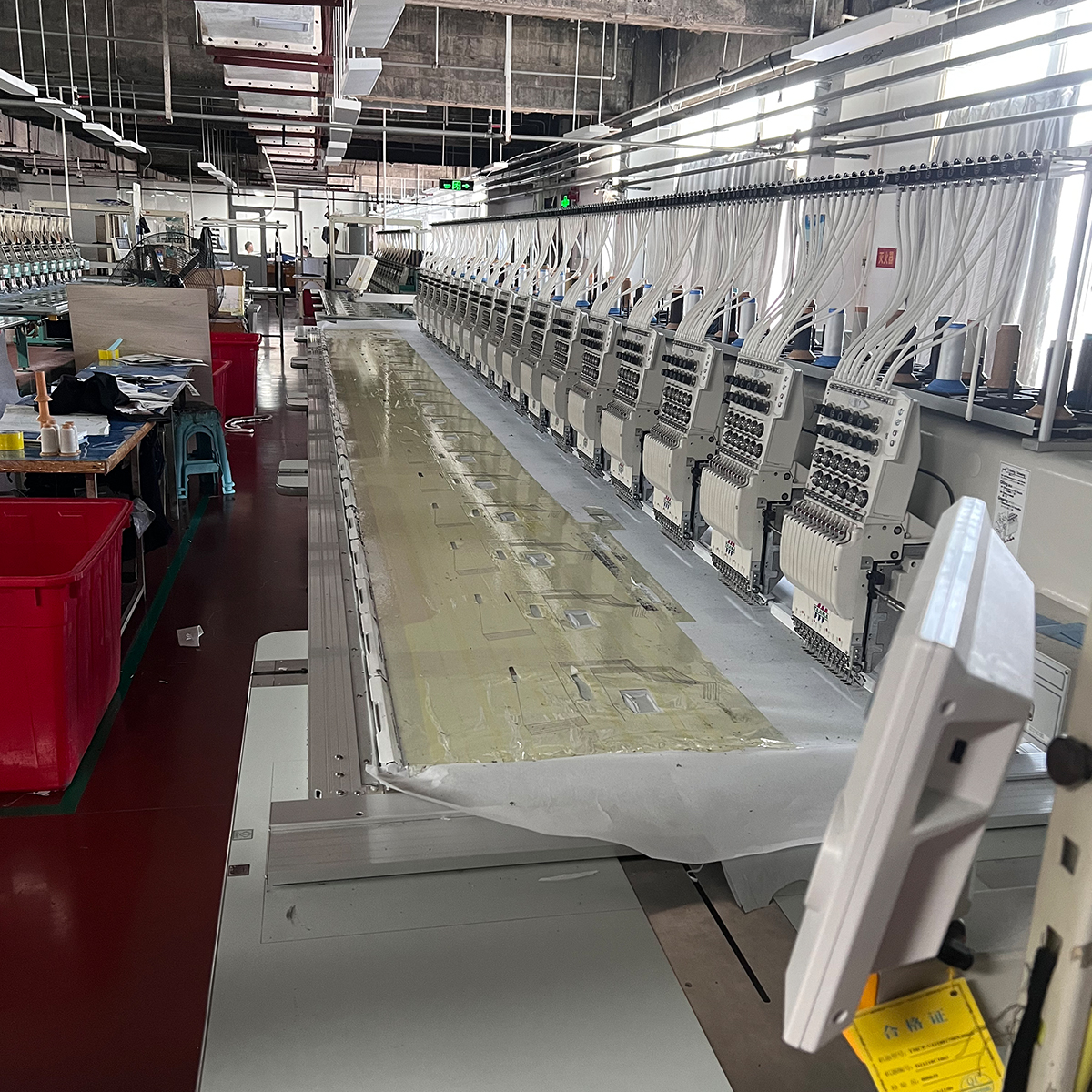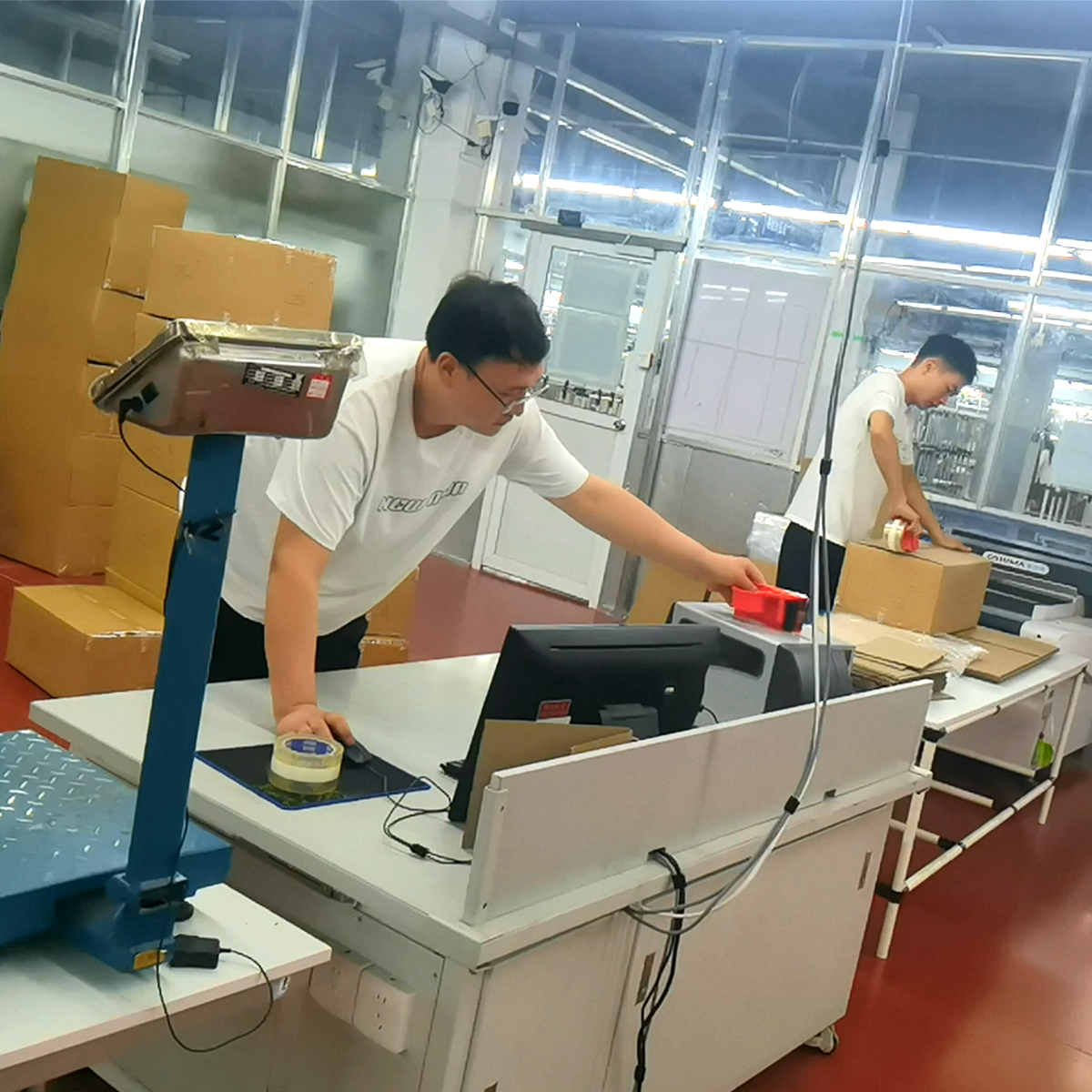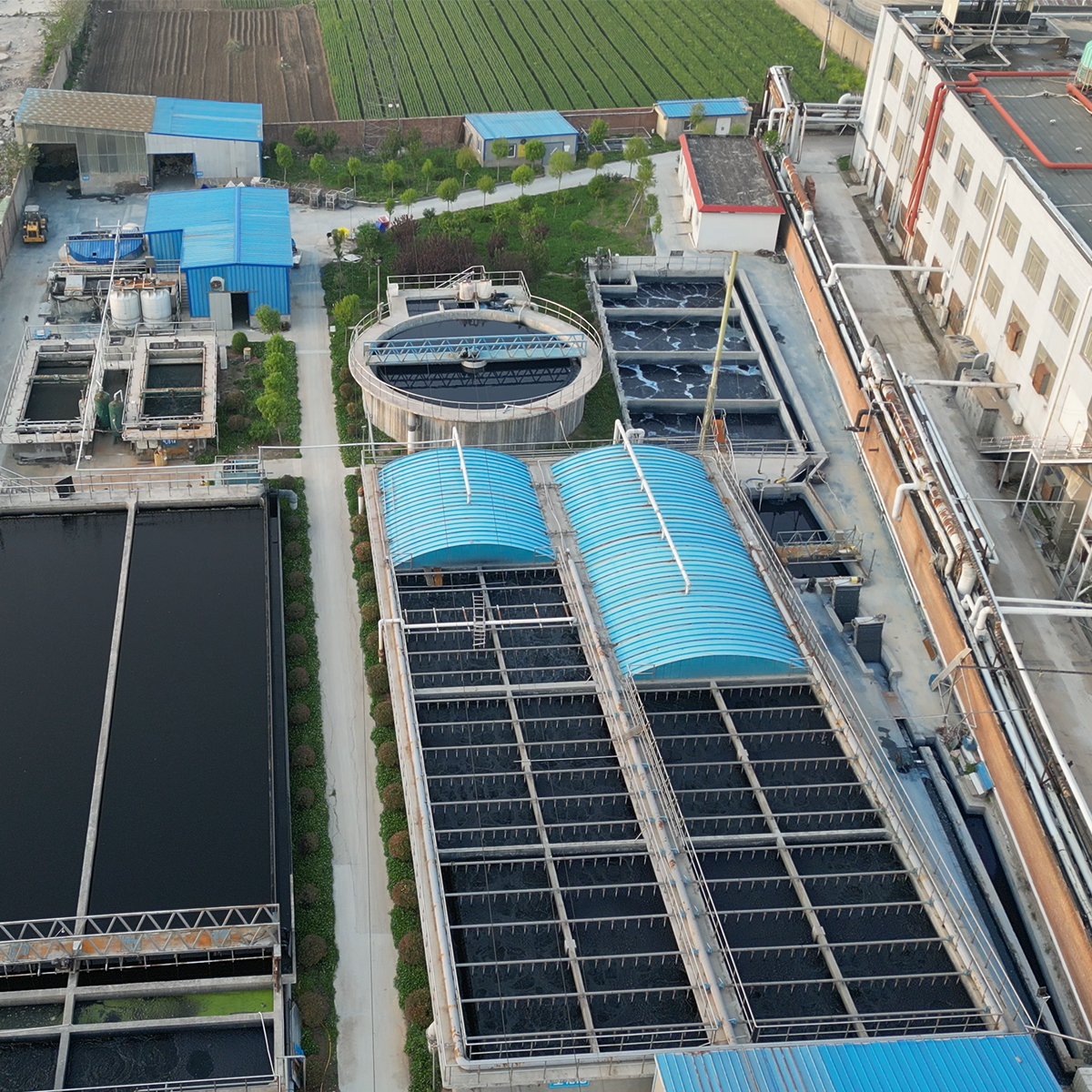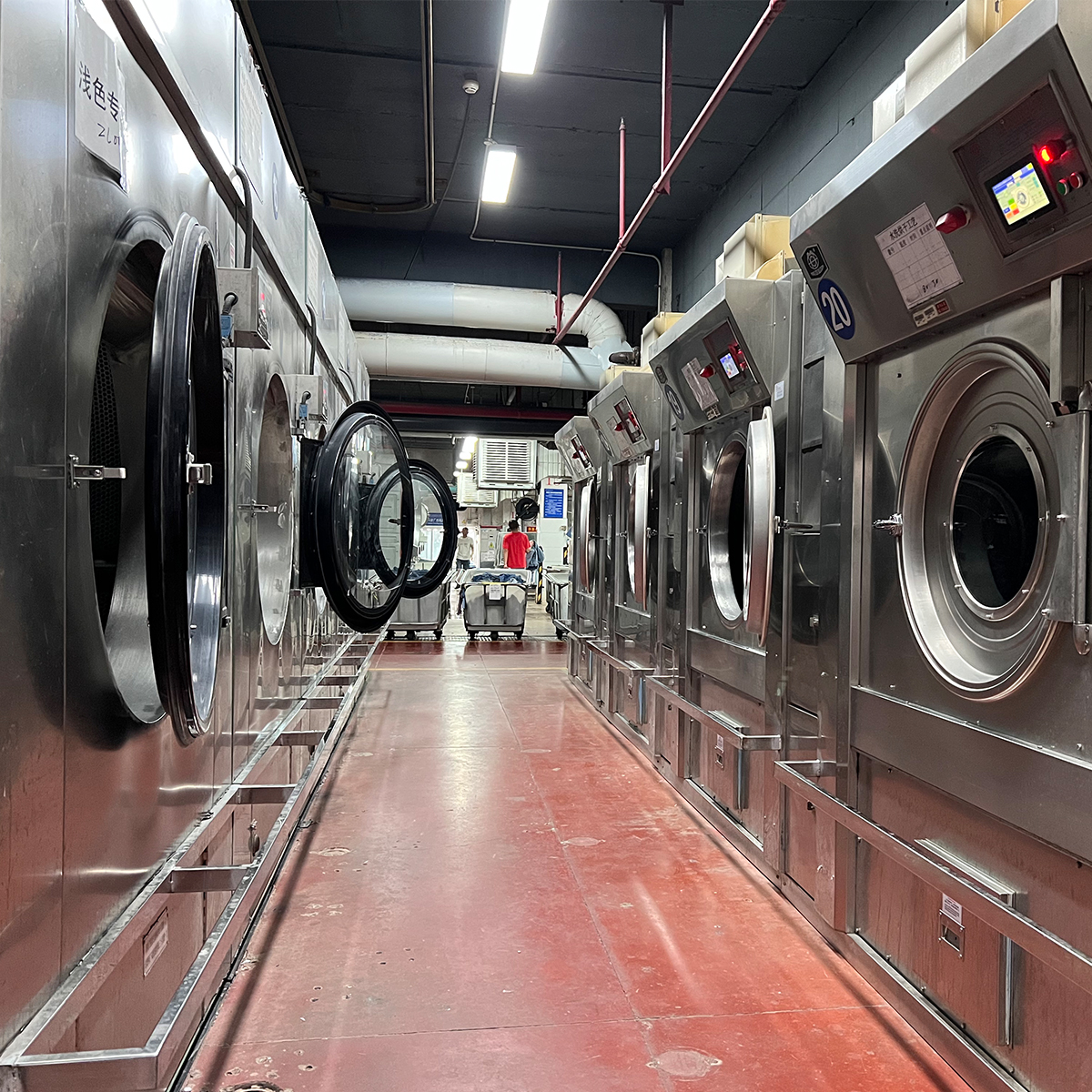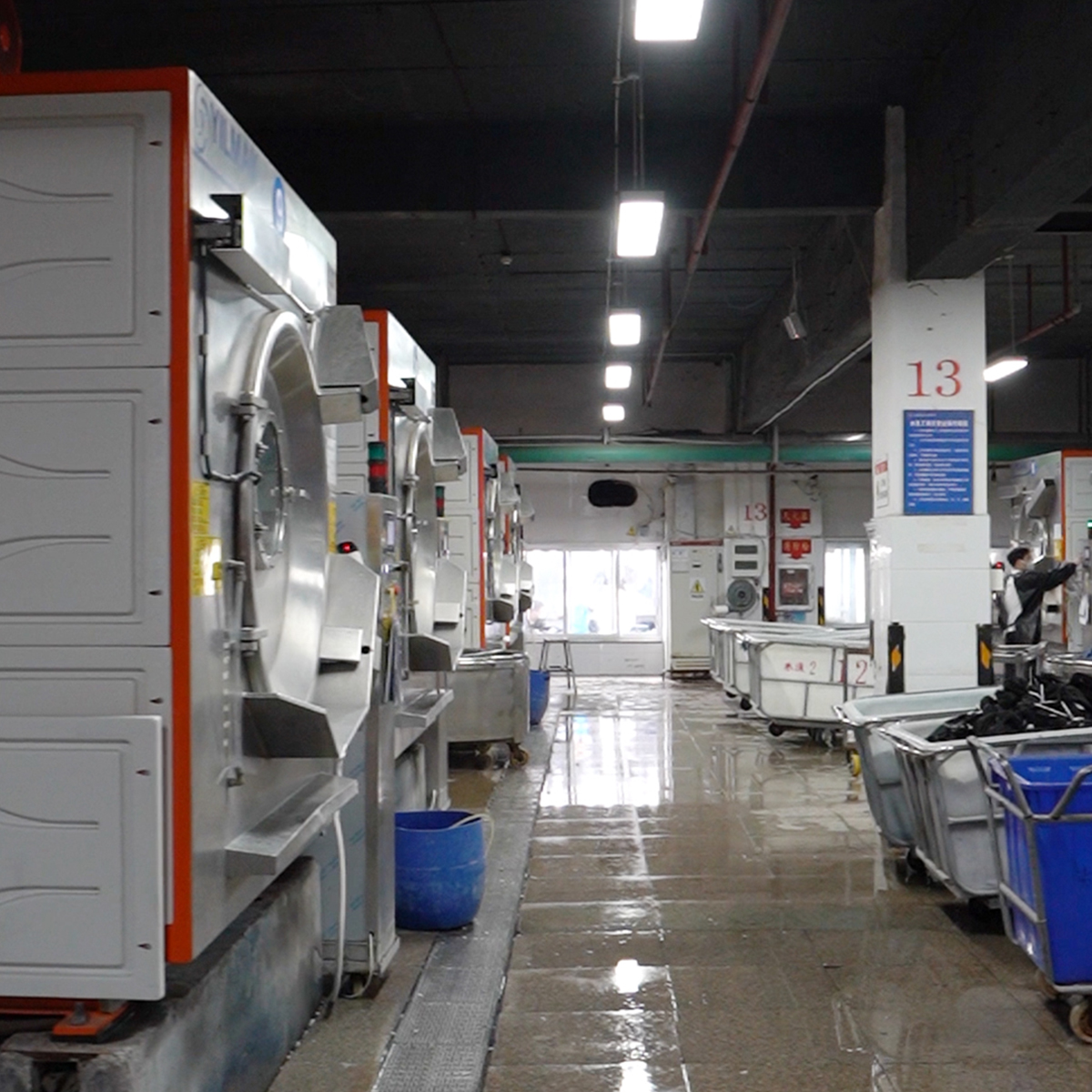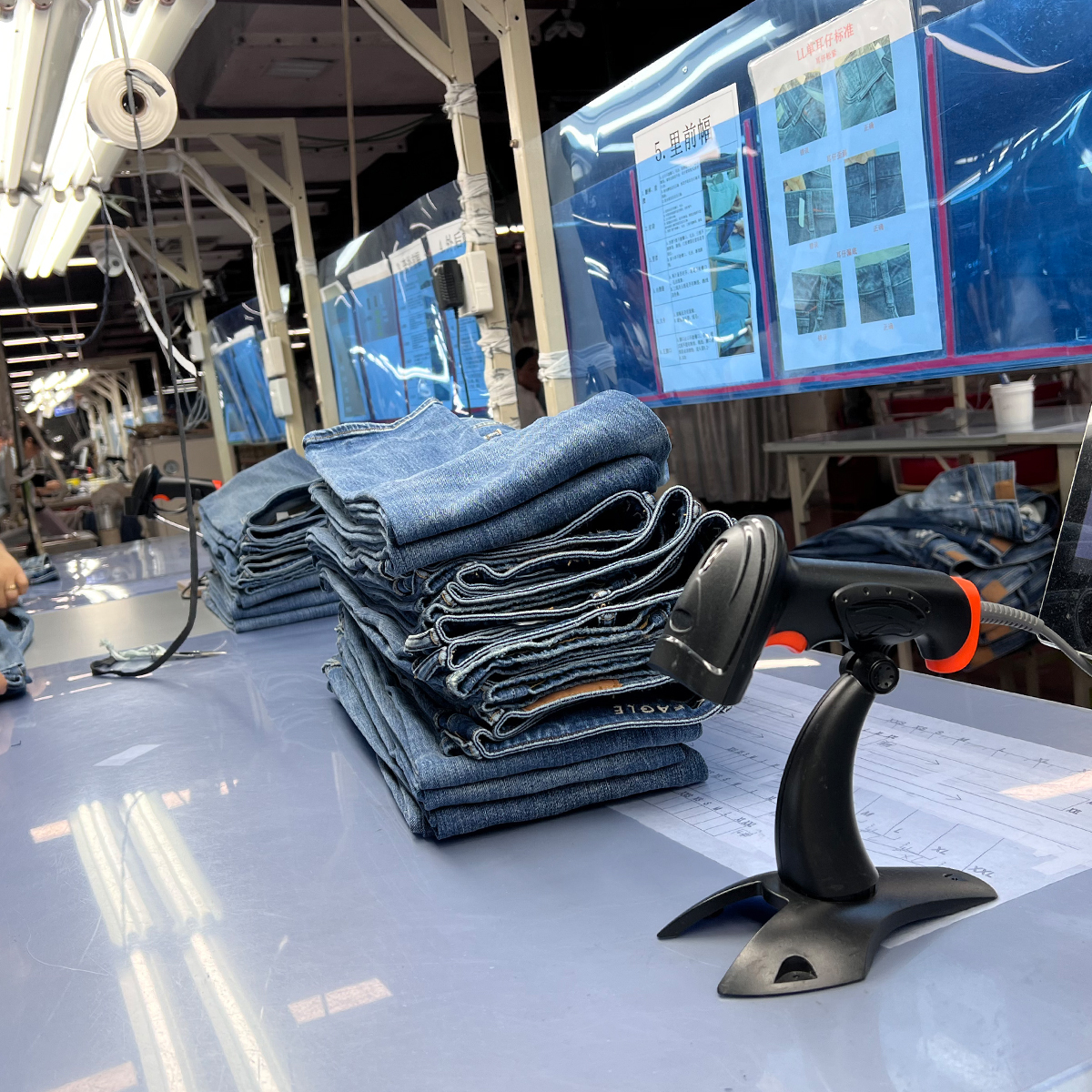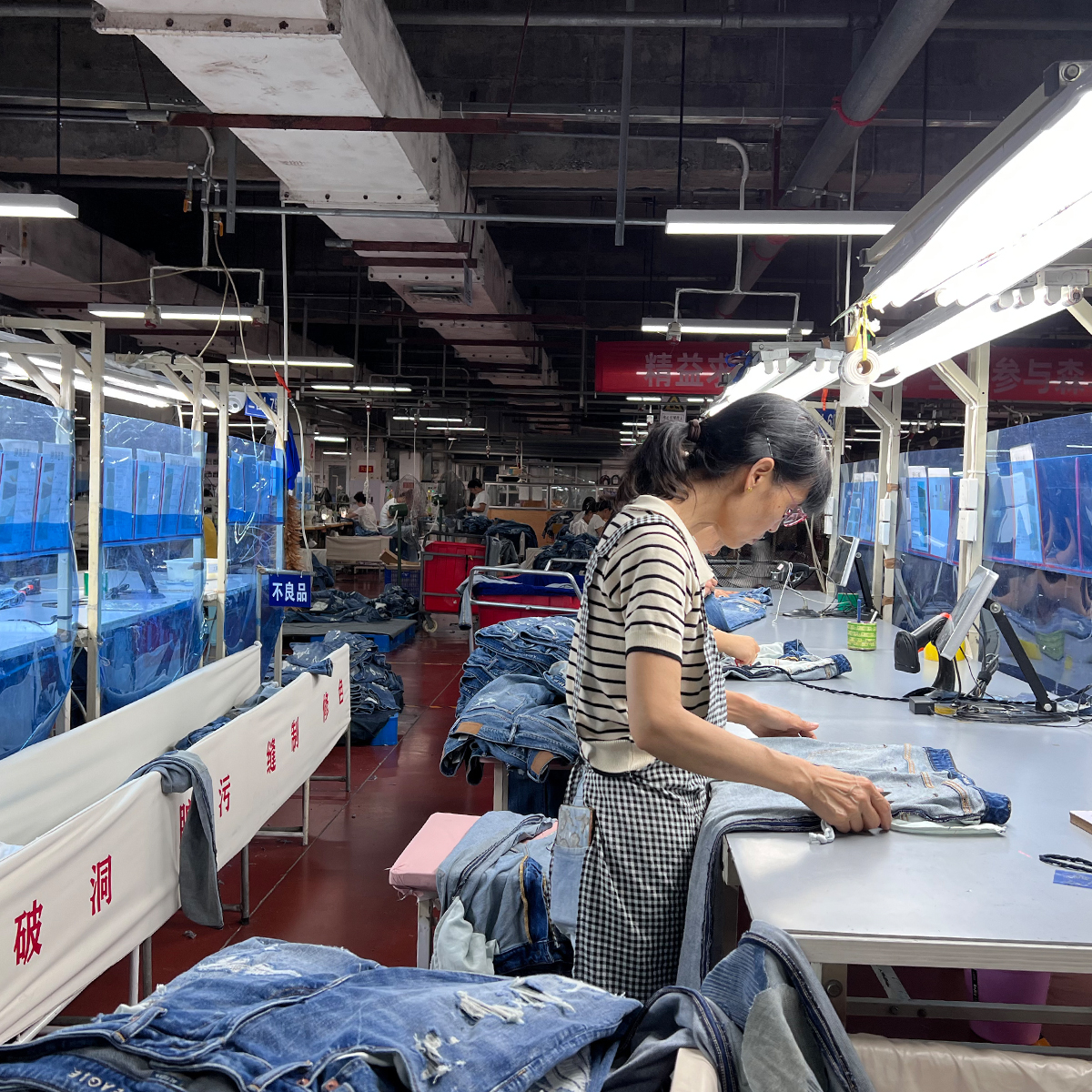Denim jeans have transcended mere fashion; they are a cultural phenomenon and a staple in wardrobes across the globe. As one of the most versatile and durable fabrics, denim has been embraced by individuals of all backgrounds, making it essential for manufacturers to adapt and innovate continually. In this article, we’ll explore the journey of denim from its humble beginnings to its current status as a wardrobe essential, while also examining how manufacturers are shaping its future through sustainable practices and technological innovations.
The Historical Context of Denim Manufacturing
Denim originated in the late 17th century in the city of Nîmes, France, where fabric merchants produced a sturdy cotton fabric known as “serge de Nîmes,” which eventually was shortened to ‘denim.’ Over the years, denim made its way to the United States, where it became associated with the working class—most notably through the creation of blue jeans by Levi Strauss in the 19th century. This garment quickly became symbolic of American culture, evolving from workwear to a fashion statement as the decades passed.
The Modern Denim Market
Today, denim jeans manufacturers face a dynamic market characterized by rapidly changing trends and heightened consumer expectations. With millennials and Gen Z driving the demand for authenticity and sustainability, brands are under pressure to transform their practices. Companies are prioritizing eco-friendly materials, ethical production, and transparent supply chains. As such, denim manufacturers are at the forefront of a revolution that not only impacts their production methods but also the environment.
Sustainable Denim Manufacturing
One of the most significant shifts in the denim industry is the growing emphasis on sustainability. Traditional manufacturing methods often involve heavy water usage and toxic dyes, which can have detrimental impacts on the environment. In response, manufacturers are exploring alternatives such as organic cotton, natural dyes, and waterless washing technologies. Brands like Levi’s and Nudie Jeans have pioneered these initiatives, focusing on reducing their carbon footprint and promoting circular fashion, where jeans can be recycled and repurposed rather than ending up in landfills.
Innovation in Fabric Technology
Technological advancements also play a crucial role in the evolution of denim. Innovative fabric technology allows manufacturers to create products that are not only stylish but also functional. Stretch denim, for example, incorporates elastic fibers to provide comfort and ease of movement, catering to the demands of modern consumers. Additionally, companies are investing in laser technology to enhance designs without harmful processes, producing intricate patterns while minimizing waste.
Consumer Trends and Preferences
Consumer preferences have shifted dramatically in recent years. Nowadays, buyers are not just looking for stylish jeans; they seek brands that align with their values. Research shows that younger consumers are more likely to purchase from companies that demonstrate a commitment to social and environmental responsibility. This change is pushing manufacturers to not only produce high-quality denim but also to communicate their sustainable practices effectively. The rise of e-commerce has also created a need for brands to establish a strong online presence, showcasing their products and ethical practices through social media and digital marketing.
The Future of Denim and Manufacturing Practices
As we look to the future, the role of manufacturers in shaping the denim landscape cannot be overstated. One of the key trends in the denim industry is the movement towards circularity, where products are designed with their entire lifecycle in mind. Manufacturers are now exploring ways to close the loop, encouraging consumers to return their worn-out jeans for recycling. Brands are capitalizing on this trend by offering incentives to customers who participate in denim recycling programs, reinforcing the idea of sustainability.
The Role of Collaboration in Innovation
Manufacturers are also realizing the importance of collaboration in driving forward-thinking initiatives. Partnerships with textile innovators, sustainability organizations, and even competitors can lead to the development of new materials and processes that benefit the entire industry. The Denim Alliance, a cooperative effort among stakeholders in the denim supply chain, aims to promote best practices and encourage transparency throughout the garment’s lifecycle.
Global Impact of Denim Manufacturing
The global impact of denim manufacturing is profound, affecting not only consumers but also communities and economies worldwide. In developing countries, the denim industry provides employment opportunities and fosters economic growth. However, it’s imperative that manufacturers uphold ethical labor practices to ensure fair wages and safe working conditions. Brands that navigate these complexities effectively can build a loyal customer base that appreciates their commitment to both people and the planet.
Final Thoughts on Denim’s Future
As denim continues to evolve, manufacturers face both challenges and opportunities. The ability to innovate while prioritizing sustainability will be crucial for long-term success. Forward-thinking companies that embrace transparency, practice corporate social responsibility, and engage with community initiatives will resonate with consumers seeking authentic and ethical brands. Denim has come a long way since its inception, and its future looks bright with manufacturers eager to shape a more sustainable and inclusive industry.







